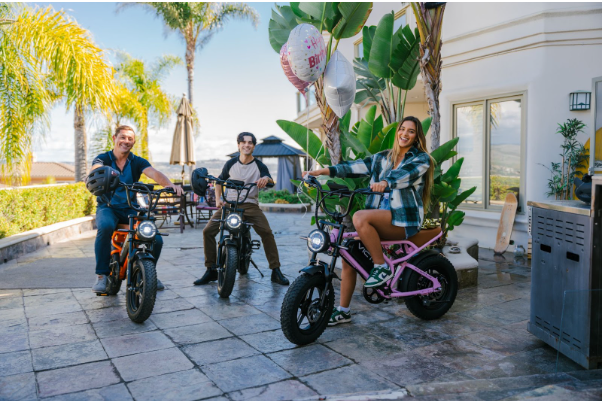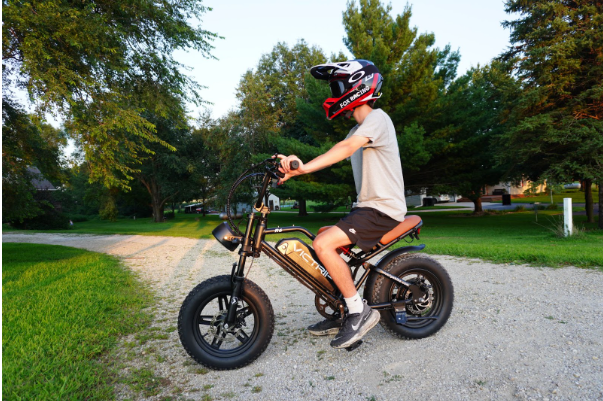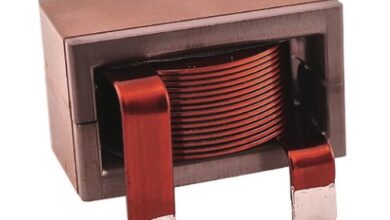Electric Bike Power Guide: The Need for High Wattage on 1500W Moped Style Ebikes and Off-Road Ebikes

If you are into buying an electric bike, you would feel surprised with the fact that the $1500 moped style ebikes are preferred. They are ebikes and moped, style models due. I thought Mo would dare moped etc. Over the years, as bike demand increased, severance was maintained. Watts are not test takers.
Understanding Electric Bike Power Requirements
Let’s break this down. When we talk about the wattage in an electric bike, we are talking about the motor’s power. Commuter ebikes usually use 250W to 750W motors. This works for flat city streets and light riding. However, those lower power motors have their limits for difficult terrain and when you have cargo.
The 1500W moped style ebike is a different story. This power level is for steep hills, rough trails, and high speeds. I recall my first ride on a 1500W ebike. The power was instant. The acceleration was effortless. It was a lot different than the economy car I usually drove. It felt like I was in a sports car.
Why Moped Style EBikes Demand Higher Wattage
Moped style ebikes have a unique design philosophy. Unlike traditional bicycles, they use a heavyweight design. They roughly weigh between 70-90 lbs because of their strong frames and larger batteries. As a result, a lot more power is needed to move the hefty bike.
There are several useful reasons for the bike to have 1500W. In the first place, they are meant to attain speeds of 28-35 mph, making them direct competitors to gas powered mopeds for urban travel. In the second place, they tend to have a passenger seat which means the motor will need some reserve power to deal with the extra load without the performance of the bike dropping.
Since I cross the 1500W motor to travel to the hilly areas of San Francisco, it’s more useful to me. I can travel without the bike decreasing in speed or acceleration, because of the power of the motor. This is critical to me, because it is the main form of transport I rely on
Off-Road Ebikes: Where Power Meets Performance

Riding off the beaten path gives a different set of challenges that require serious power. An off road ebike must tackle loose gravel, dirt, mud, sand, steep climbs, and other obstacles. Even the most powerful bikes will struggle. In these conditions, a 1500W motor is an absolute necessity.
Trail riding is power abuse, potential power all the time. You start off stopping and don’t accelerate until you meet a steep incline, you power through soft terrain where the mud drags you. You most likely will not hit a steady rhythm at any at the terrain where roots and stones are the most concentrated. A 750W off road ebike will handle most of the terrain, just the technical parts are where the bike fails.
I’ve had multiple electric bikes on mountain trails. There is a huge difference. The 1500W off road ebike climbs 30-degree inclines that leave 500W models struggling halfway up. Extra power makes the difference between riding through sand or mud and getting stuck.
Battery Capacity and Range Considerations
Something that a lot of riders don’t think about initially is that the 1500W motor needs a big battery to reach its full potential. Most higher watt electric bikes come with a 48V to 52V battery with 15Ah to 25Ah range batteries. These batteries do add weight, but they also provide the required voltage and amp-hours for prolonged sustained high power output.
When it comes to power and range, things are not very simple. A 1500W ebike will drain the batteries a lot faster than lower watt models, but quality bike components and efficient controllers do allow for a good range. On the efficient ebike, I was able to get between 35 and 50 miles per charge. This is very comparable to lower powered ebikes, and this is thanks to the efficient motor that doesn’t cause unnecessary strain.
Legal and Safety Considerations*
Before buying a high-powered electric bike, know your local laws. In some areas, ebikes are classified as mopeds or motor-driven cycles which means registration and licensing are required. Moreover, some bike paths and recreational trails limit ebikes to 750 watts, and there are laws and regulations to this effect. Ask yourself where you can ride legally and safely.
As speeds increase, safety becomes even more critical. This means having reliable suspension systems and protective gear becomes a necessity. Responsible riding begins with the right systems and gear. I would recommend taking a safety class if you are inexperienced with high-powered electric bikes.
Making the Right Choice for Your Needs
Not everyone requires a 1500W off road ebike or moped style ebike. If you are commuting on flat terrain and for short distances, a mid-powered electric bike would be a more appropriate, and cheaper, answer to your needs, as it would be significantly lighter as well. However, if you regularly ride off-road, tackle hills every day, or if you need to replace a car for transportation, the 1500W motor will make a huge difference and power up your ebike from a recreational toy to a serious piece of equipment.
Power directly linked to your riding experience is something that makes rational sense for the investment. Knowing that your ebike has reserve power to give when you need it, be it for climbing hills, merging into busy traffic, working your way up a challenging trail, or crossing a line of bikes.




